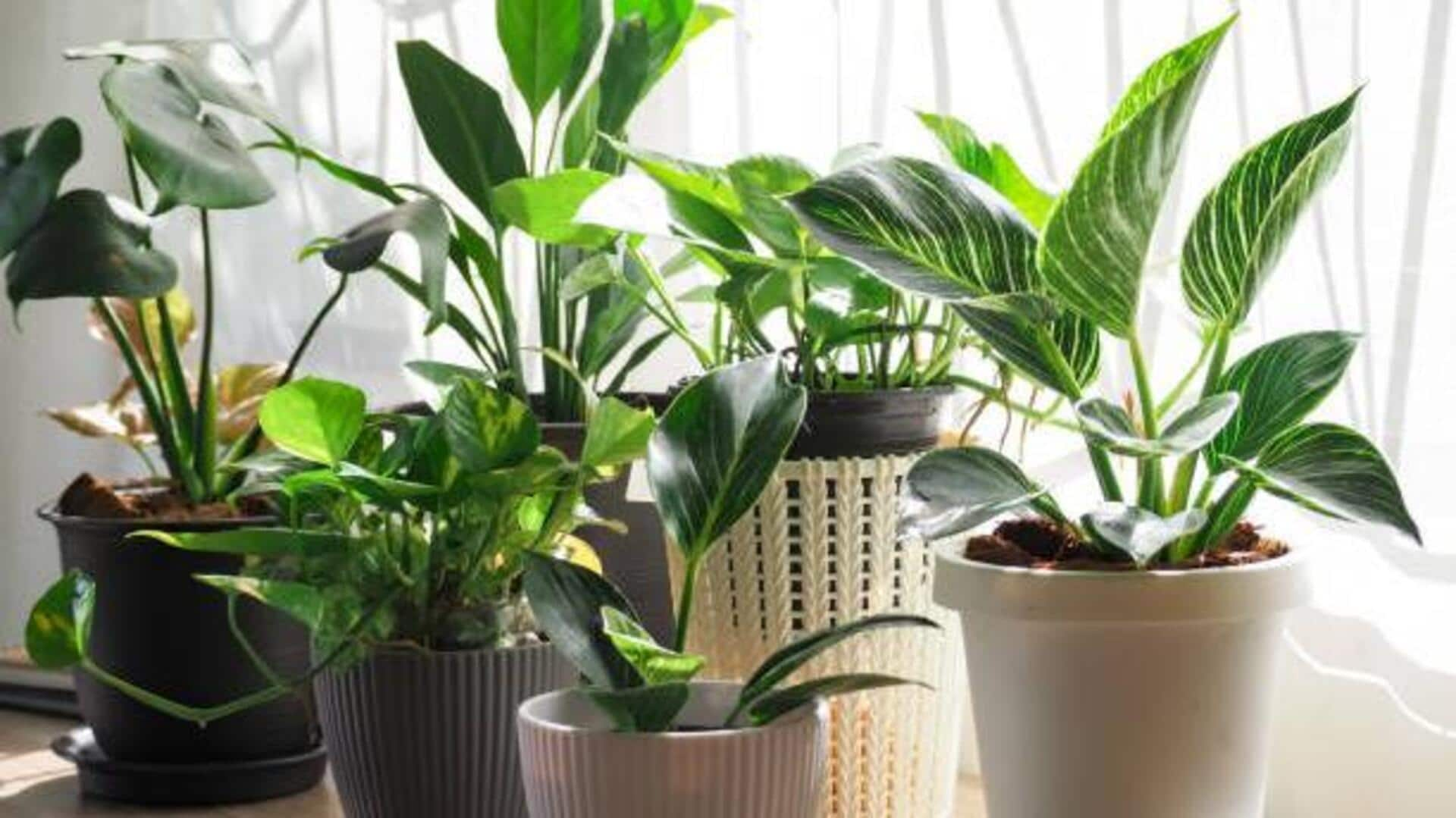
How to use sunlight timers for indoor plants
What's the story
Indoor plants need consistent light exposure to thrive, and sunlight timers can help you achieve that. These devices automate the process of providing light to your plants, ensuring they get the right amount of sunlight at the right time. By using sunlight timers, you can optimize the growth conditions for your indoor plants without having to manually adjust lighting every day. Here are some practical tips on using sunlight timers effectively.
Tip 1
Choose the right timer for your needs
Selecting the right timer is essential for your indoor plants. Look for timers with adjustable settings so that you can customize the duration and timing of light exposure according to the needs of different plants. Some timers even come with programmable features that let you set different schedules for different days, which is great if you have a variety of plants with different lighting requirements.
Tip 2
Positioning your plants strategically
Proper positioning of your plants is essential to make the most of sunlight timers. Place your plants near windows where they can get maximum natural light during the day. This way, you can cut down on the amount of artificial lighting required, which saves energy and gives your plants a more natural environment.
Tip 3
Monitor plant health regularly
Regularly checking on your plants is key to knowing if the sunlight timer setup is working. Look for signs of overexposure or underexposure, like leaf discoloration or stunted growth. Adjust the timer settings as required to make sure your plants are getting the right amount of light.
Tip 4
Incorporate supplemental lighting when necessary
In case natural sunlight isn't enough, consider adding supplemental lighting options like LED grow lights. These lights can be easily integrated with most sunlight timers, giving you the flexibility to customize light exposure based on specific plant needs. This way, you can ensure optimal growth conditions even when natural light is limited.
Tip 5
Maintain your timer system regularly
Regular maintenance of your timer system is important to keep it working well and prolong its lifespan. Check connections and settings frequently to make sure everything is working correctly. Cleaning any dust or debris from the device will prevent malfunctions and ensure consistent performance over time.